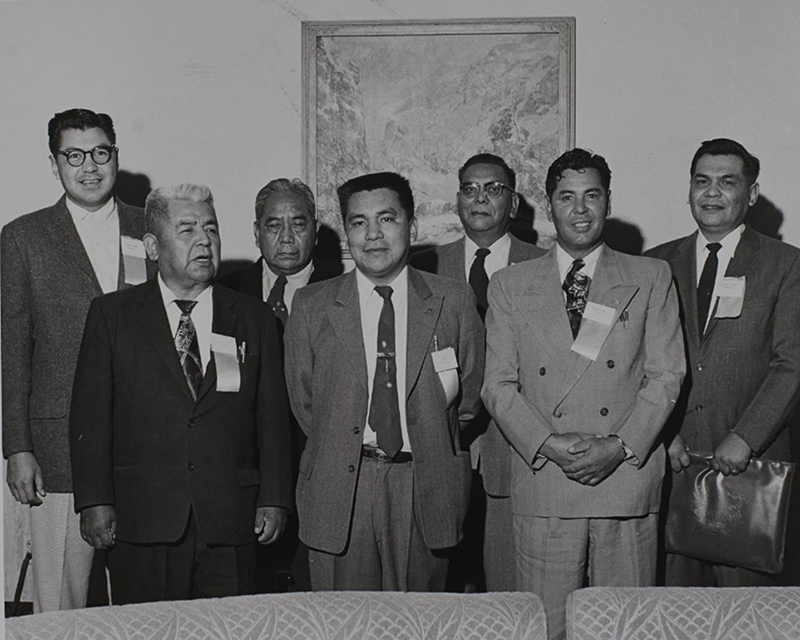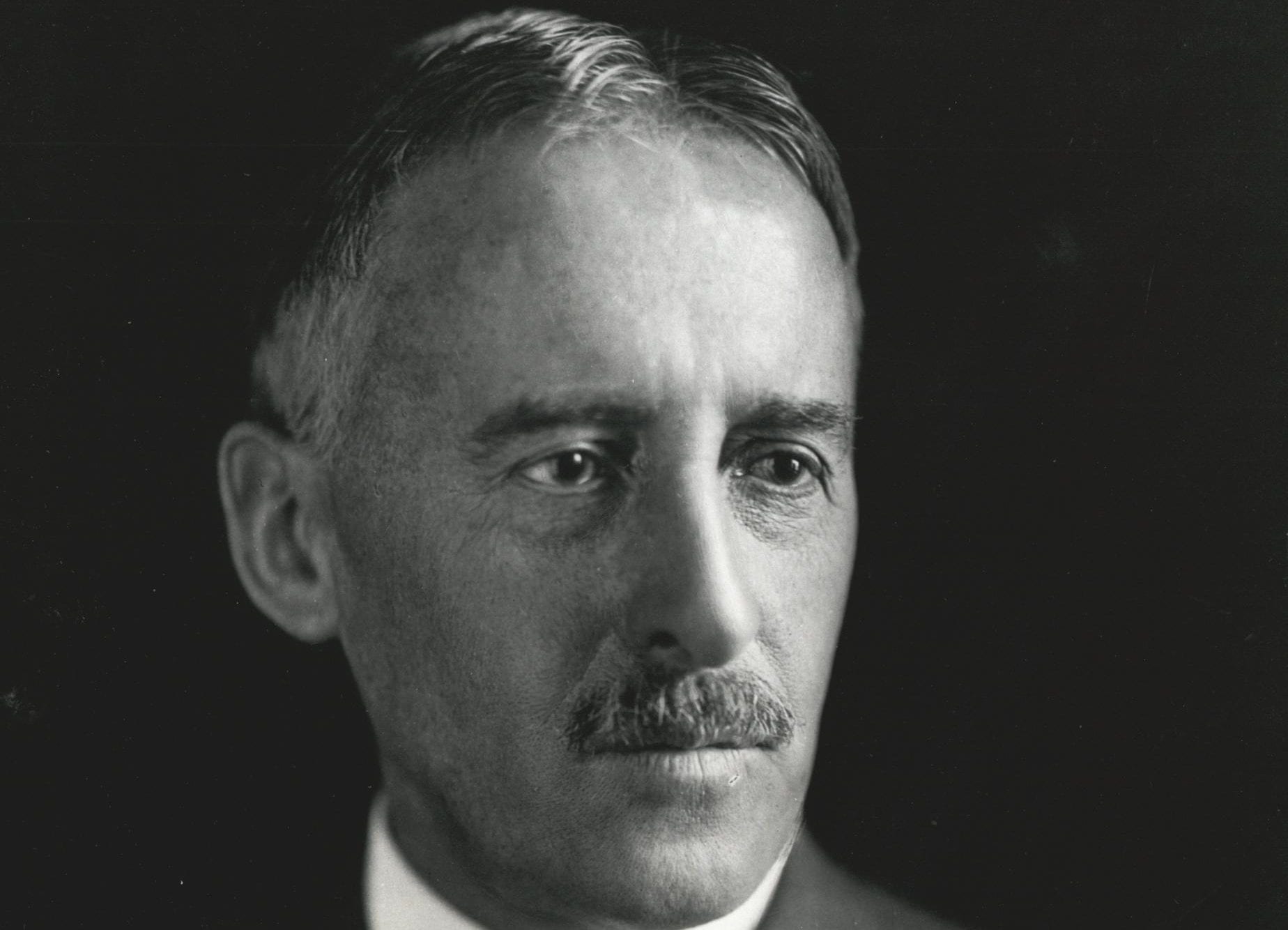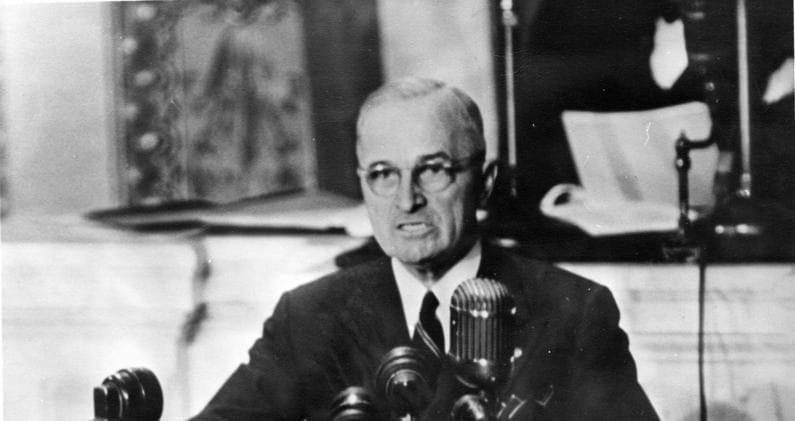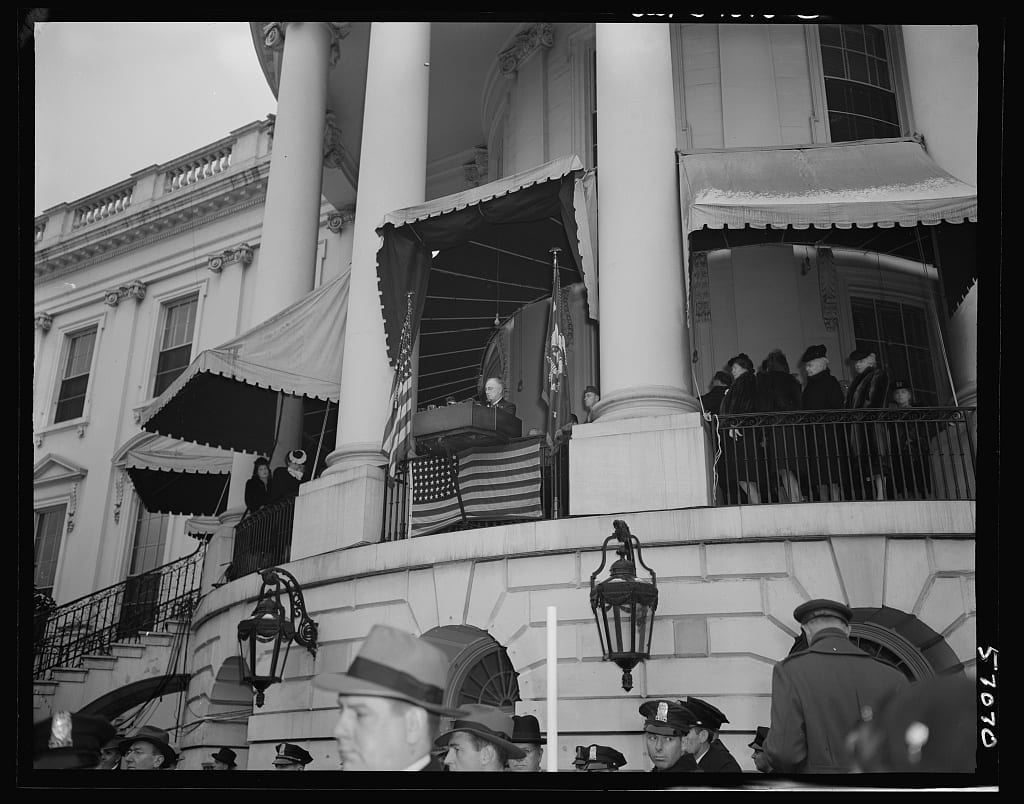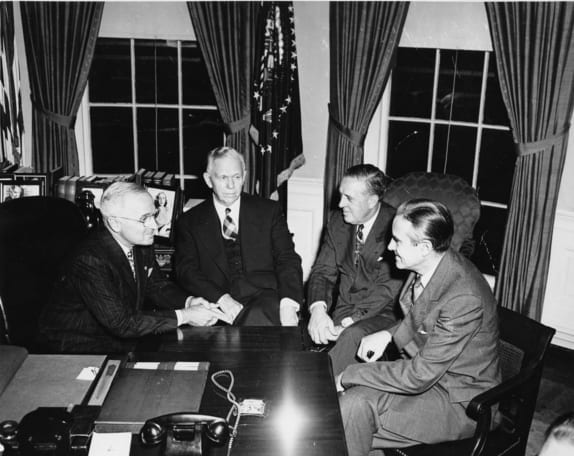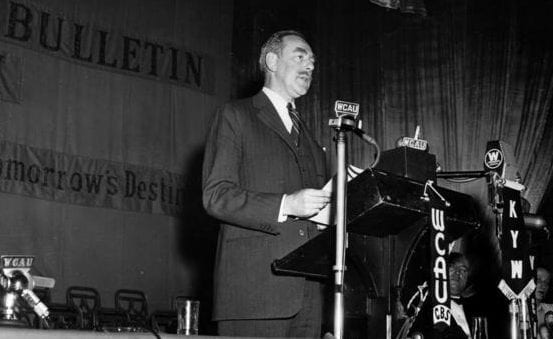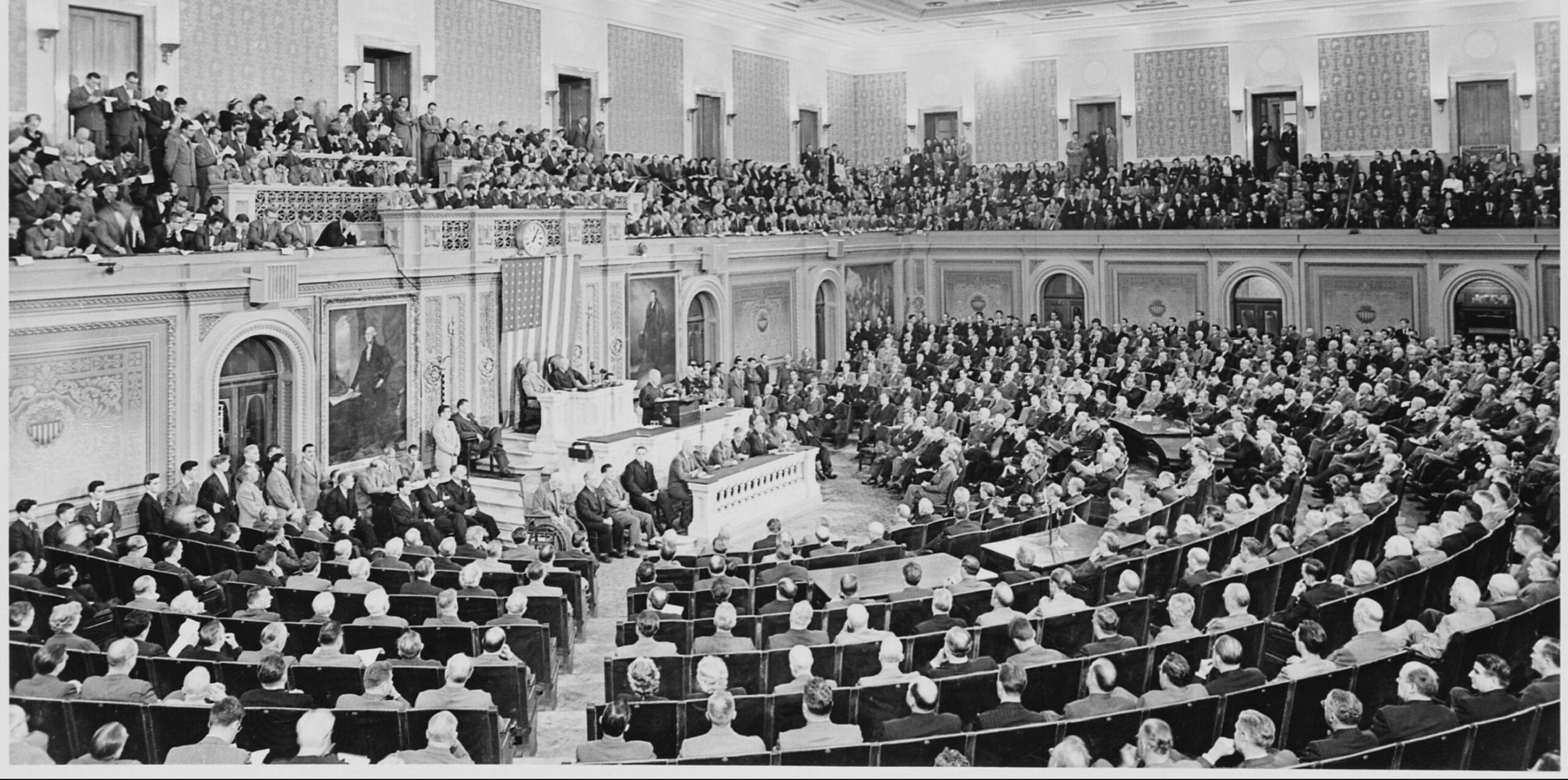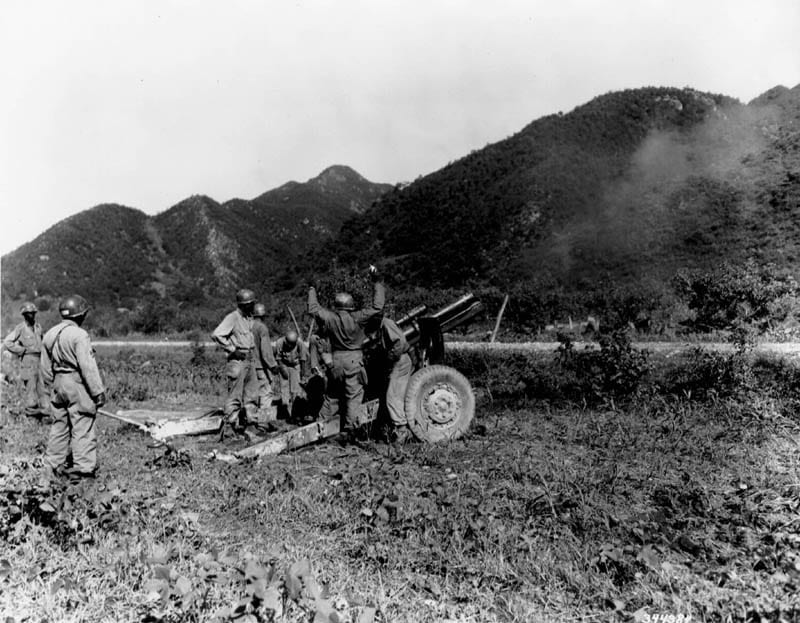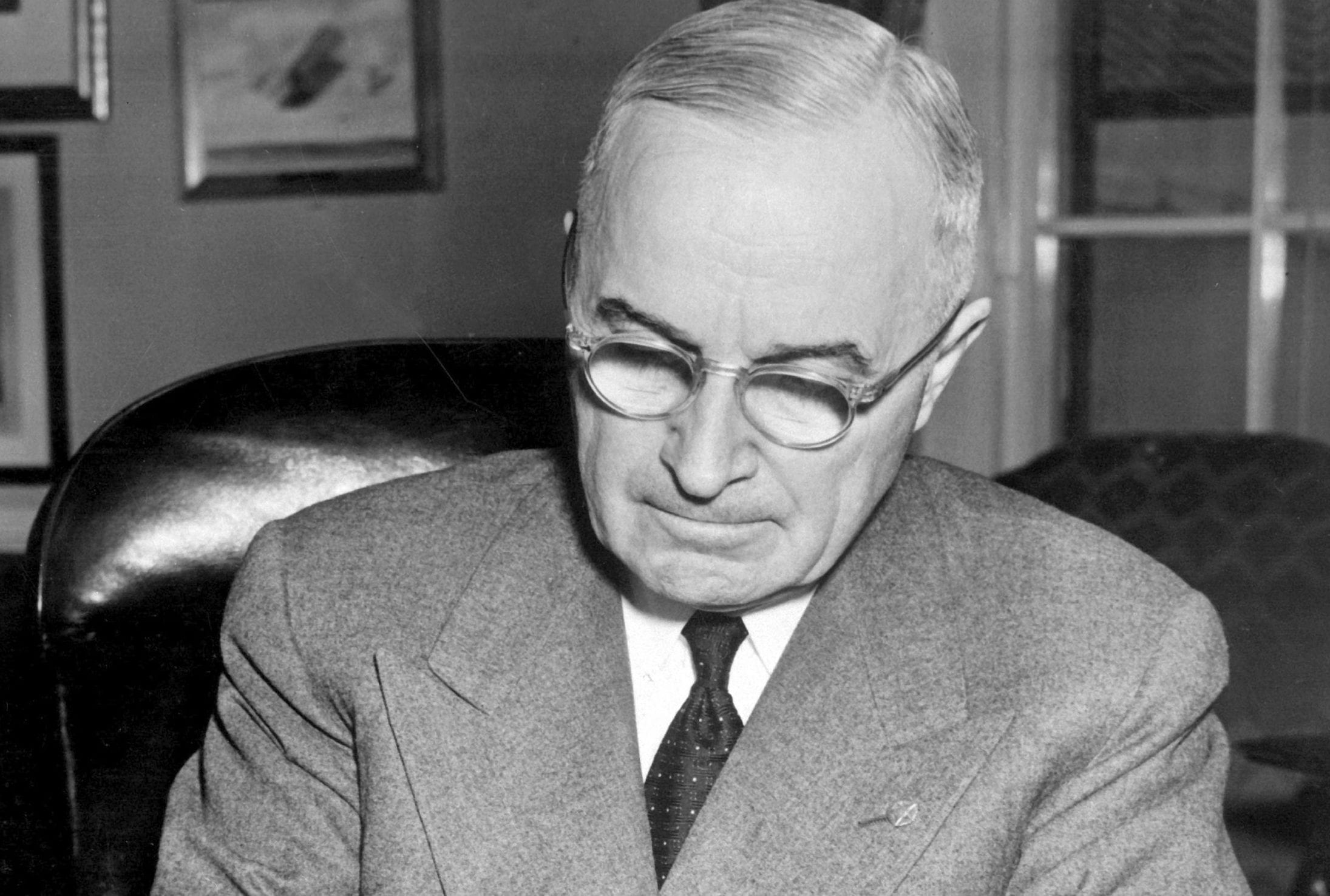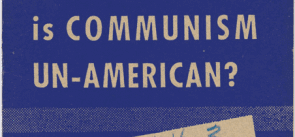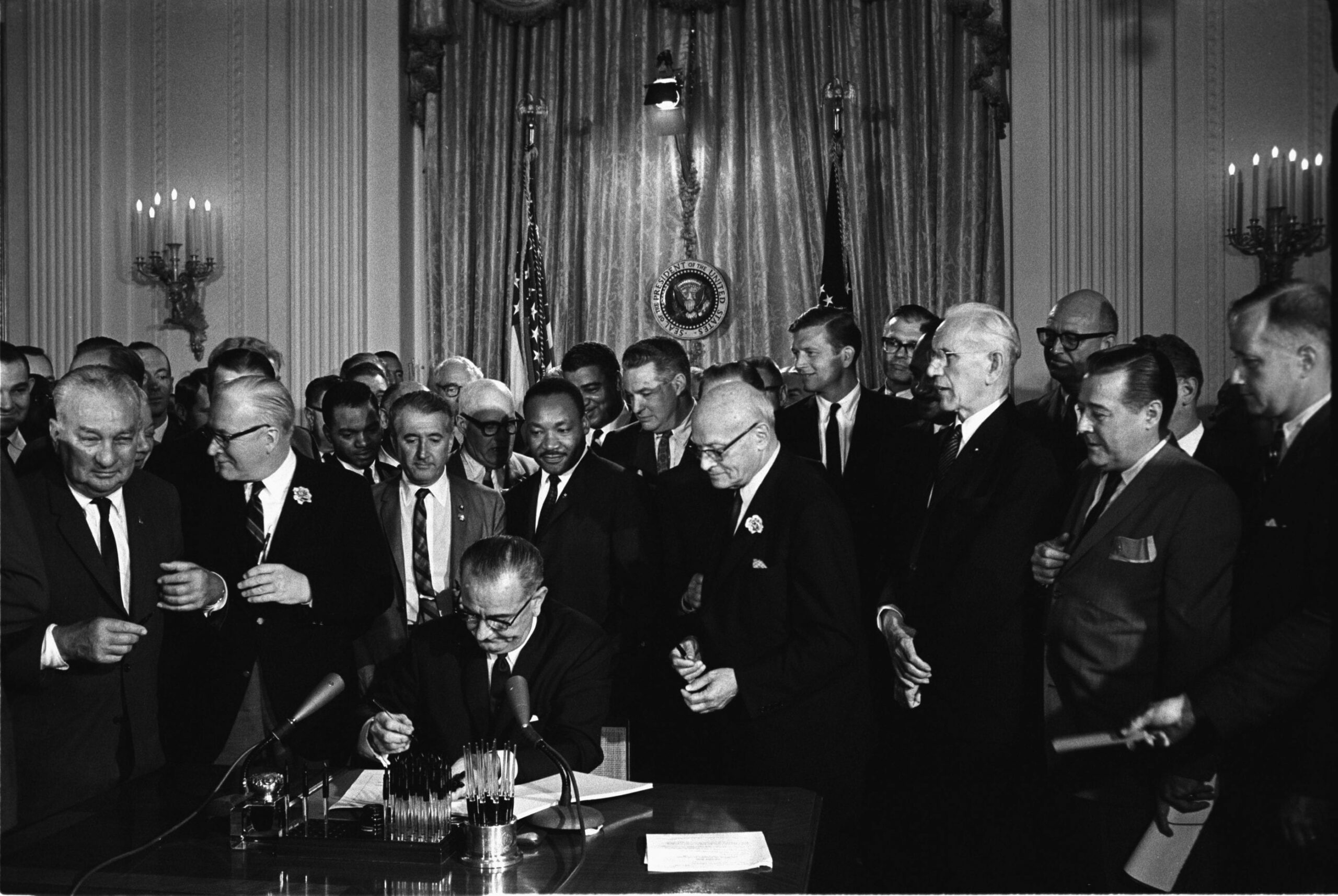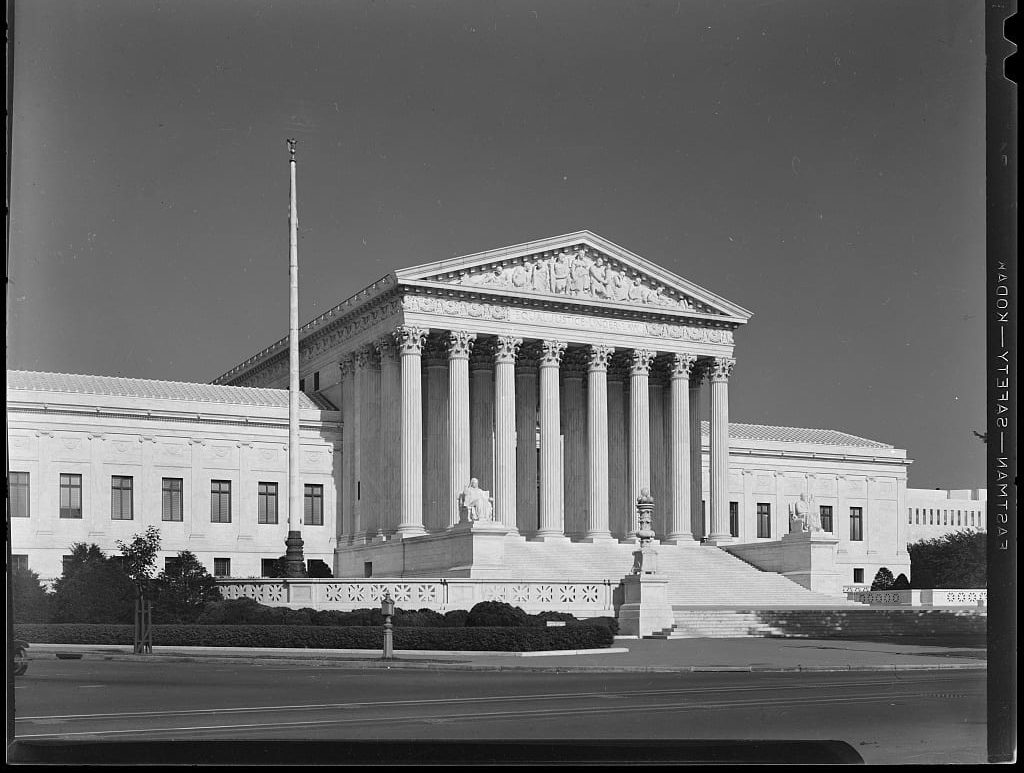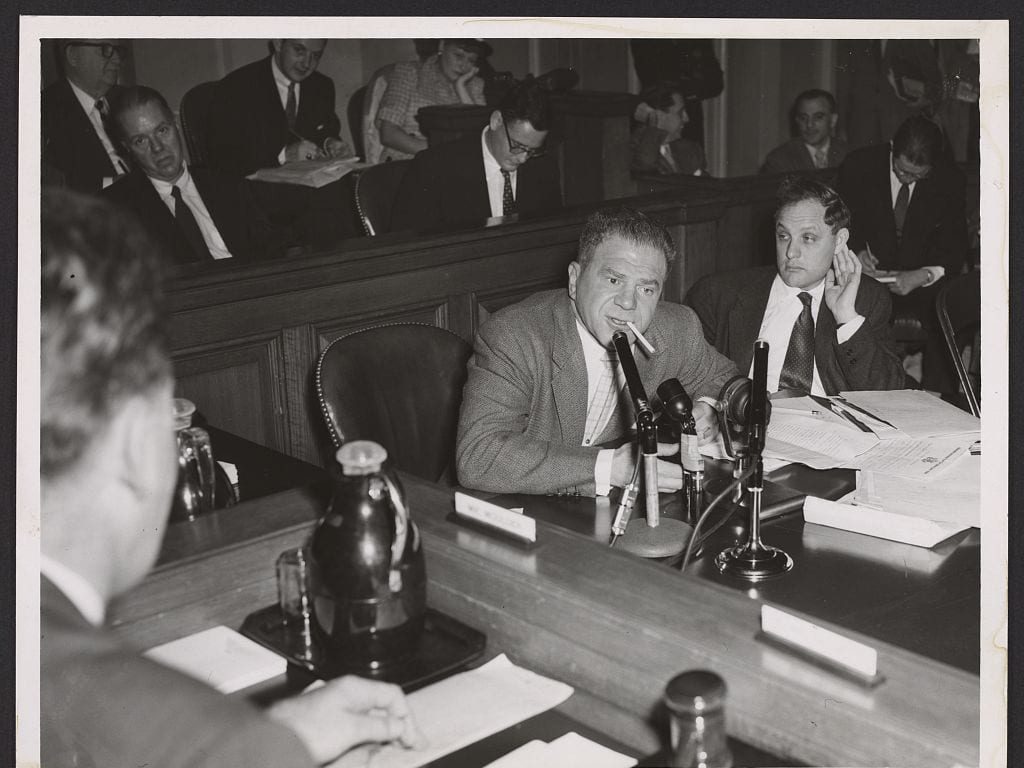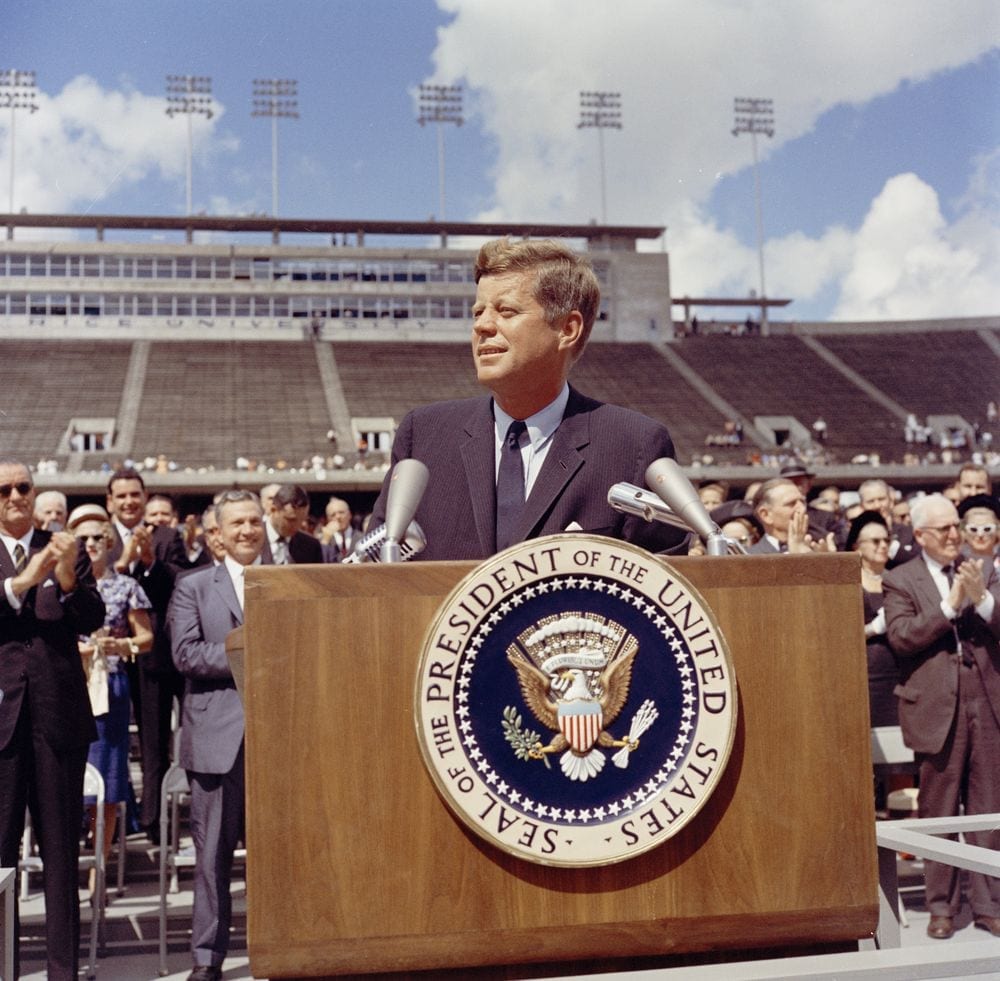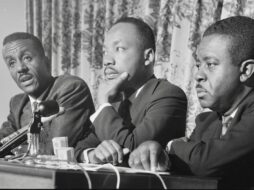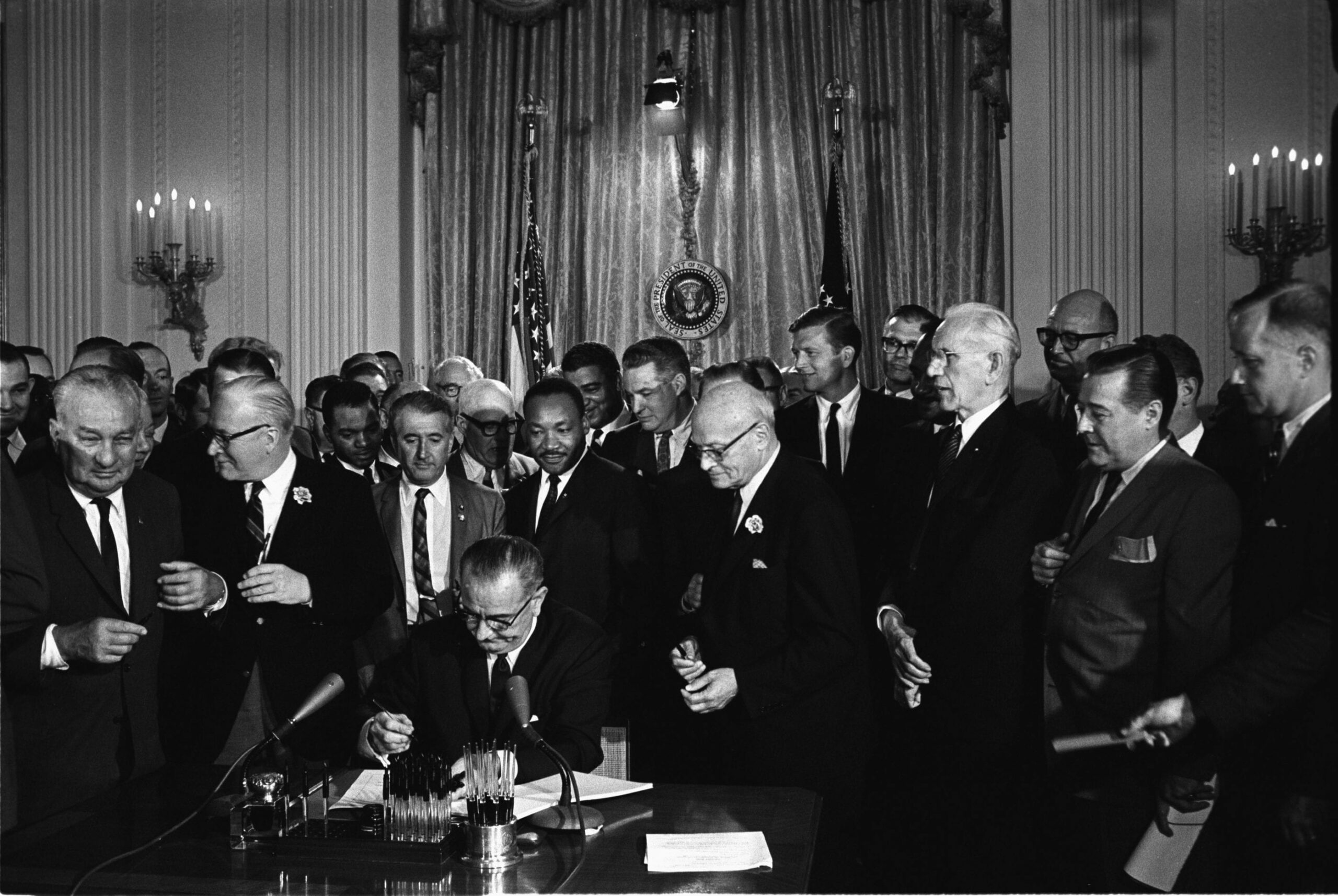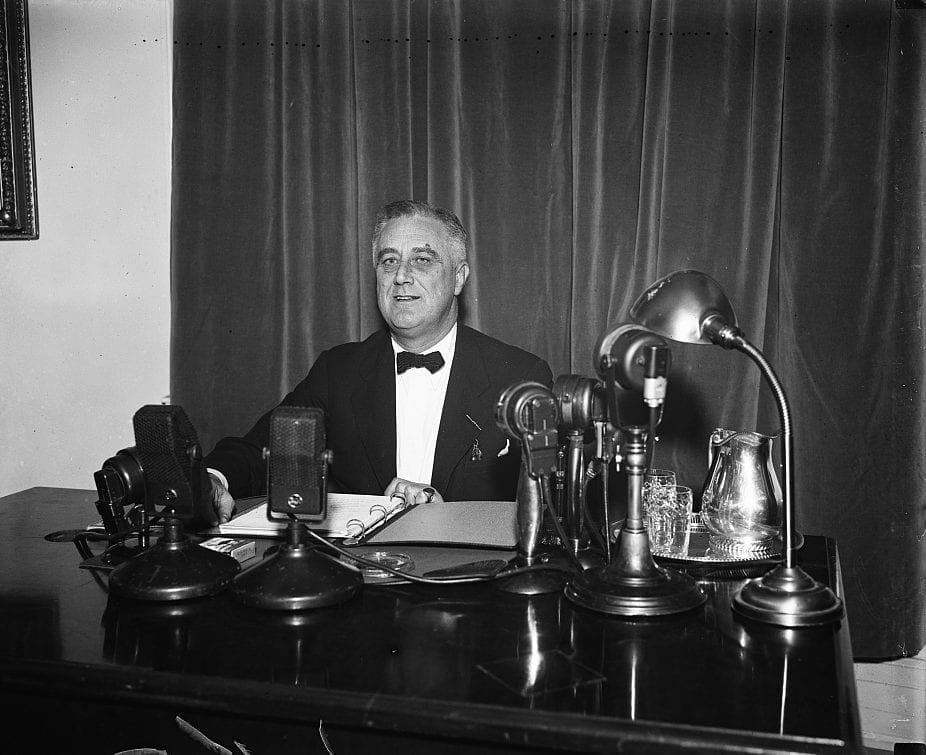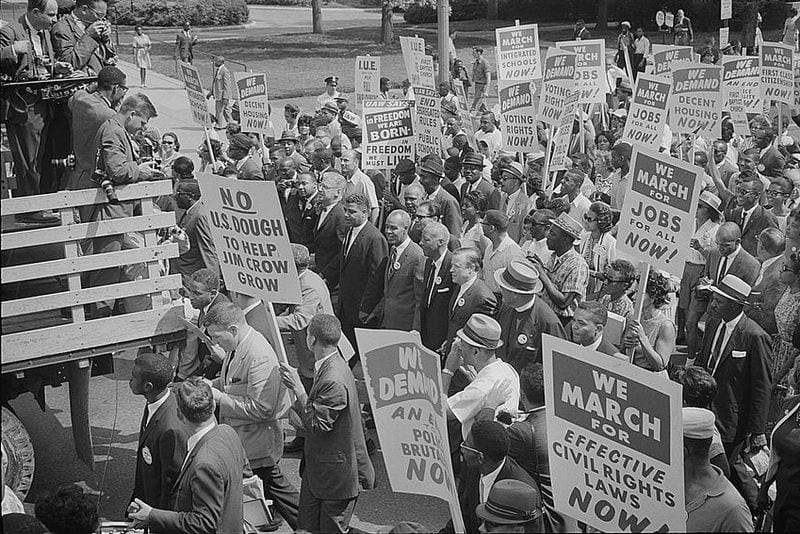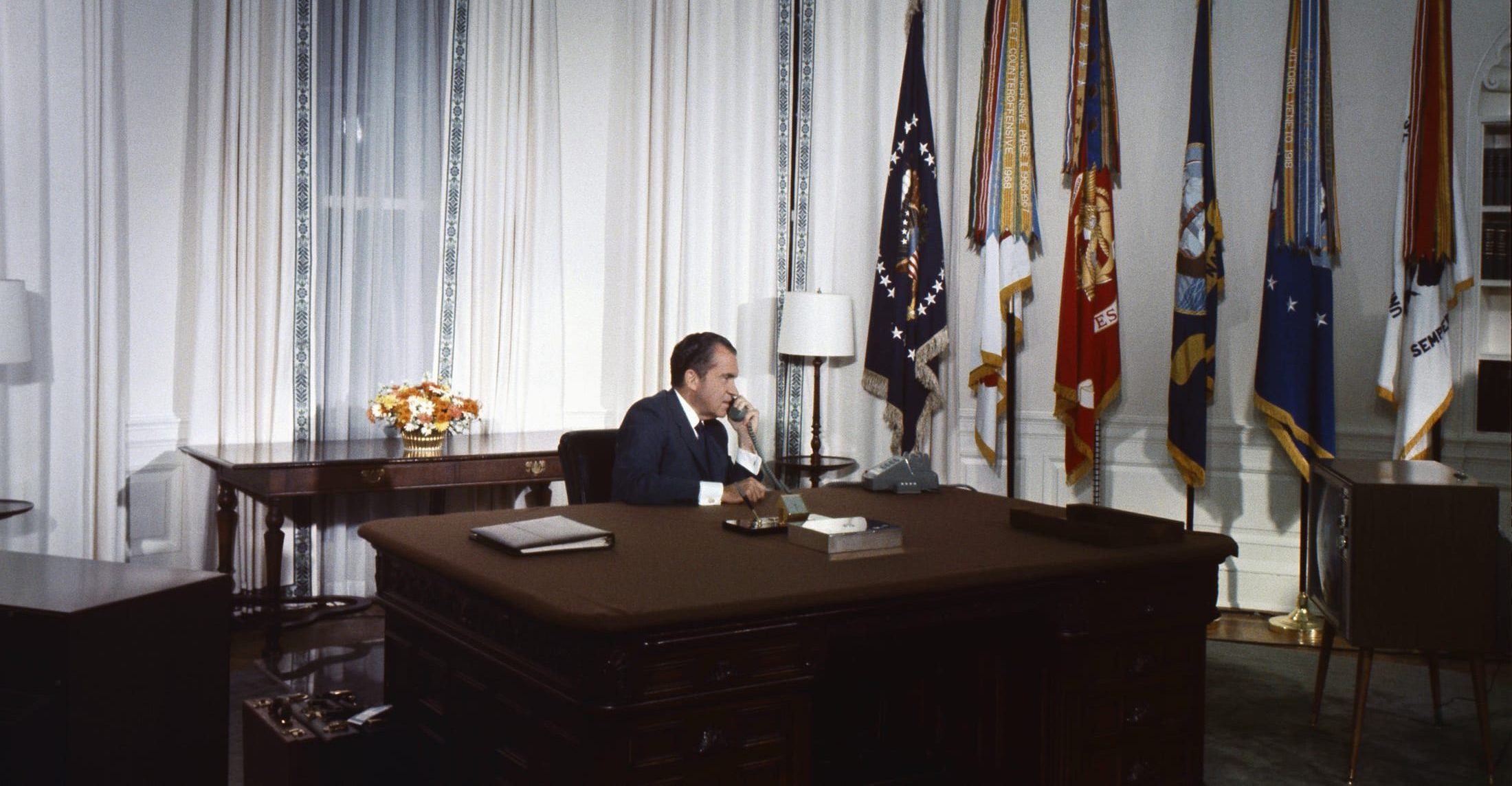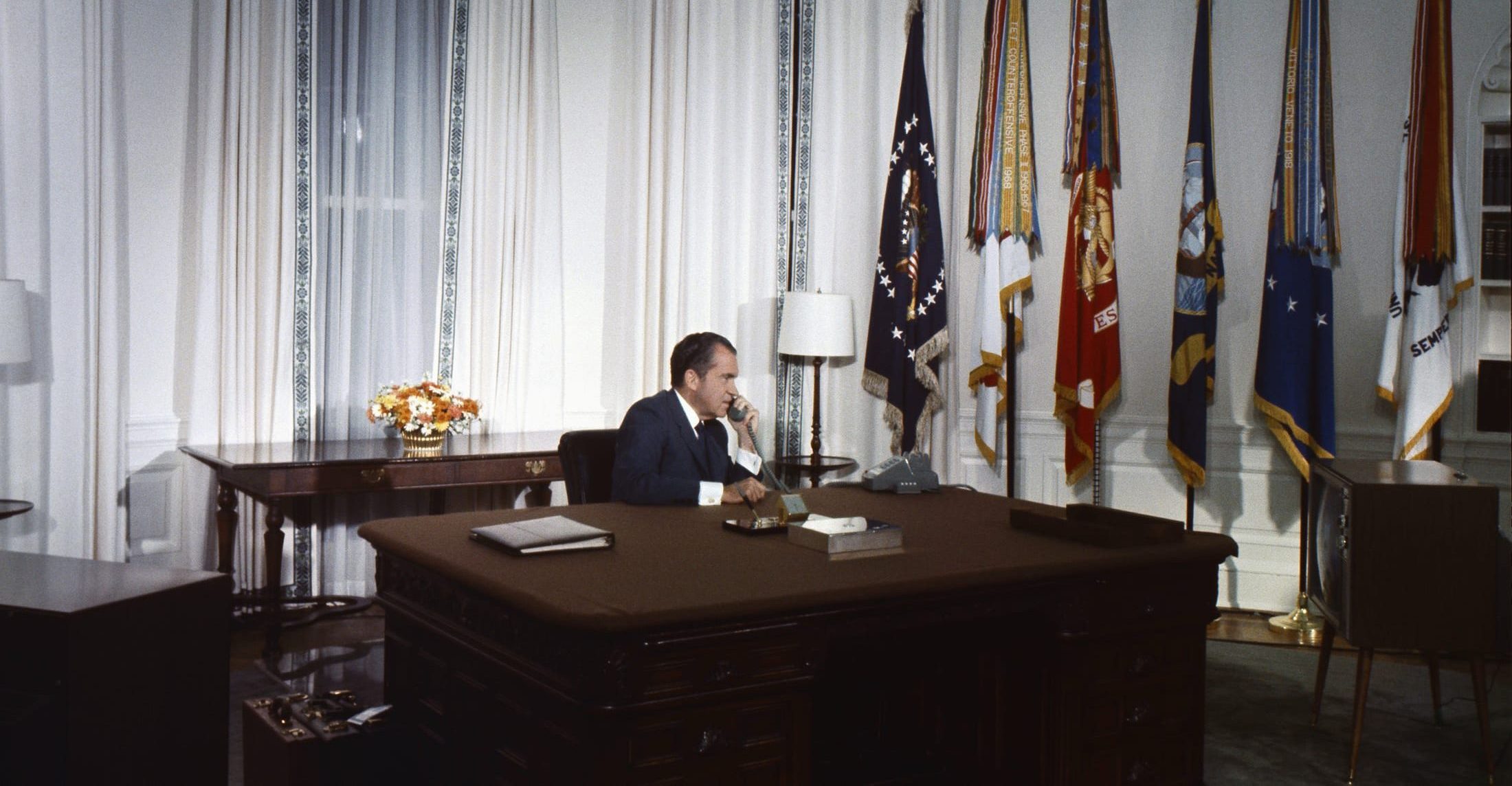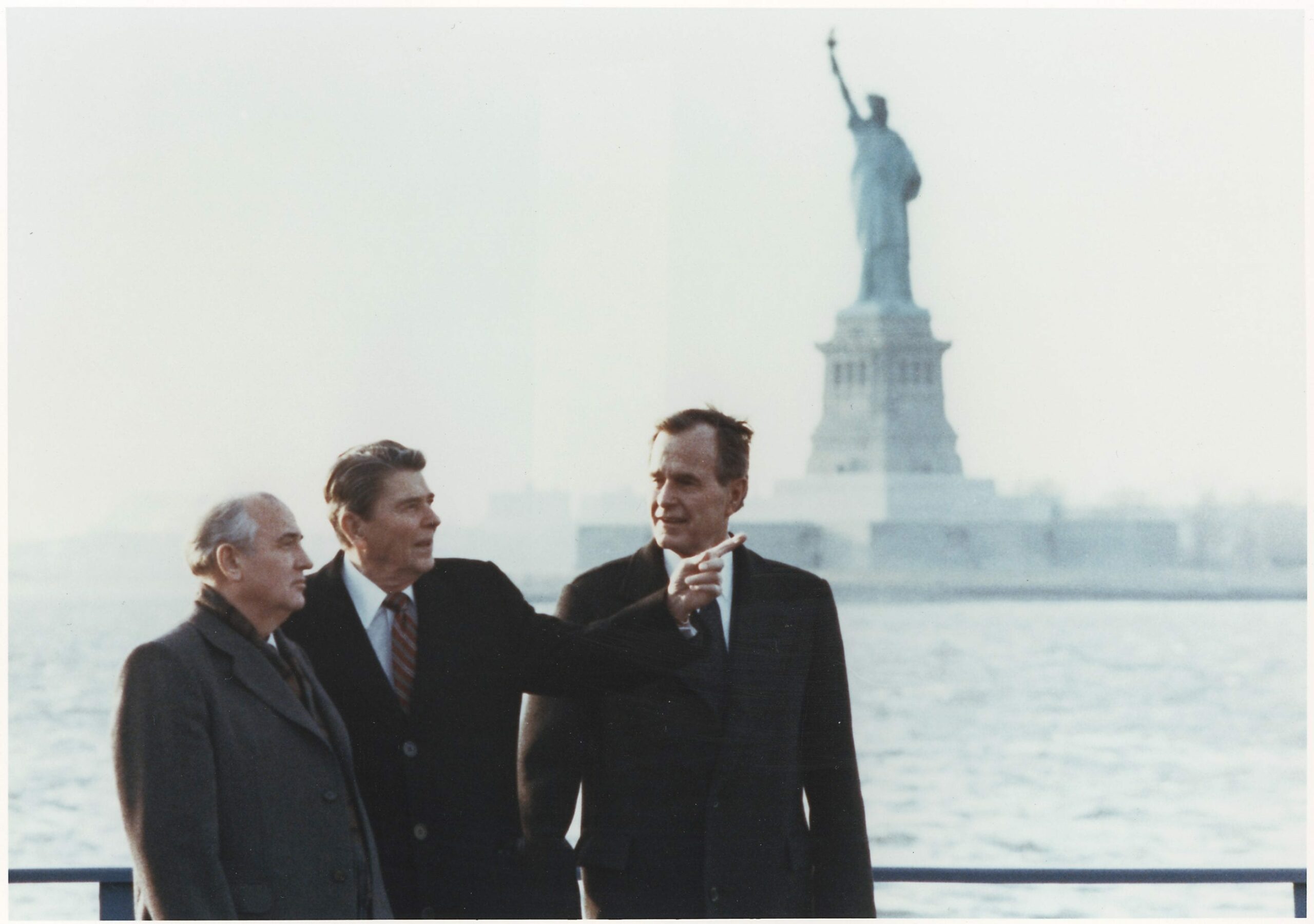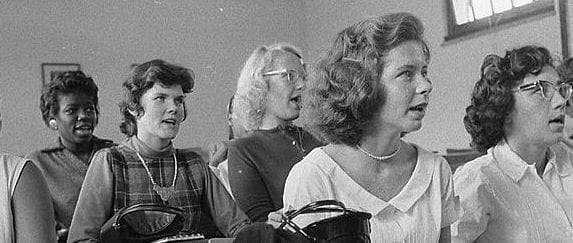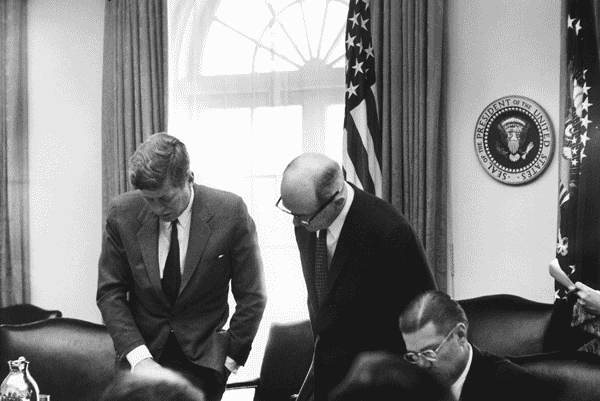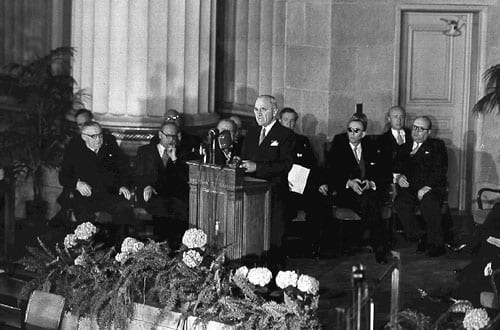Introduction
The National Congress of American Indians (NCAI) was founded in 1944 largely by men who worked for the Bureau of Indian Affairs, including noted Salish Kootenai author D’Arcy McNickle (1904–1977). It is the oldest Native American rights organization in the nation. Between 1945 and 1952, the executive director was Ruth Muskrat Bronson.
In its capacity as a lobbying organization, the NCAI adamantly opposed Termination and Relocation (See House Concurrent Resolution 108). The restatement from 1959 printed below set forth its position. The document begins with an introduction from Vine Deloria, who was the director of the (NCAI) from 1964 to 1967.
—Jace Weaver
Vine Deloria Jr., ed., Of Utmost Good Faith (San Francisco: Straight Arrow Books, 1971), 216–219.
The readers of Indian anthologies have always been led to believe that no significant statements were made by Indians in modern times until the great Chicago Conference of 1961.1 Then, in a typical collection of documents, sections of the “Declaration of Purpose” from that conference are quoted at length showing that, under the sponsorship of friendly people, Indians can gather and present an intelligible statement of their needs. But if one is familiar with Indian affairs such statements demean the intense work done by hundreds of unpublicized Indians over the years.
All through the Eisenhower administration, without fanfare and publicity, the members of the National Congress of American Indians fought a valiant struggle against the forces of congressional oppression. As the decade was ending, the assembled convention at Phoenix, Arizona, [1959] passed a resolution of historic significance reviewing their long struggle to reverse congressional policy and create a favorable climate for Indian people. The reaffirmed resolutions passed in 1956, ’57, and ’58 showed beyond doubt that the Indian people had consistently spoken out on their own behalf defining their own policies and programs. EXCEPT NO ONE HAD LISTENED.
It was a mere formality, then, when the Chicago Conference arrived at its conclusions. For five years previous the Indian tribes had consistently adhered to the positions outlined at Chicago. Instead, therefore, of a new spirit being revealed at Chicago, it was merely the first time that a certain group of scholars began to understand what had been happening in Indian country over the previous decade.
WHEREAS, by far the great majority of the Indians of the United States continue to exist in poverty and under economic circumstances which offer little or no opportunities for advancement; and
WHEREAS, the Indian health is deplorable in comparison to the nation as a whole, as revealed in countless surveys; and
WHEREAS, Indian education lags far behind the national average; and
WHEREAS, the Congress of the United States, in House Concurrent Resolution 1082 (83rd Congress) used certain language which has been interpreted to require the termination of federal supervision and assistance to the Indians as rapidly as possible; and
WHEREAS, we are well aware of the earnest desire of the Congress of the United States and of the Executive branch of the United States government to bring about the honorable discharge of the responsibilities and obligations assumed by the United States; and we, speaking for the Indians’ tribes and many individual Indians of the United States, having a desire to promote the ultimate adjustment of Indian life ways within the larger American community in a manner to preserve Indian cultural values; and
WHEREAS, the Congress of the United States and the Commissioner of Indian Affairs have repeatedly indicated a desire not to bring about termination for any group of Indians until the people in such group were prepared to take their place in the American society; and
WHEREAS, in spite of such indications, however, the Congress of the United States and the Commissioner of Indian Affairs have moved rapidly to terminate Indian groups whose people are in dire and desperate straits from the standpoint of health, education, and economic opportunity; and
WHEREAS, such movement toward termination has been carried on, not only directly, but indirectly, through regulations and administrative practices, designed to divest the Indian people of their lands, thereby aggravating further their economic status; and
WHEREAS, such premature termination can only lead to tremendous suffering by the Indian people, and will result in substantial and continued expense to the various states and counties which will be required to assist such people; and
WHEREAS, this body at the 1956 NCAI Convention, Salt Lake City, Utah, formulated a STATEMENT OF POLICY, in the form of RESOLUTION Number 1, which we earnestly believed would assist in the solution of many of the aforementioned difficulties; and
WHEREAS, the 1957 NCAI Convention, Claremore, Oklahoma, reaffirmed said policy, and
WHEREAS, the 1958 NCAI Convention, Missoula, Montana, reaffirmed such policy:
NOW THEREFORE, BE IT RESOLVED by the 16th Annual Convention of the National Congress of American Indians, assembled in Phoenix, Arizona, December 7–11, 1959, that after further consideration and deliberation, and being satisfied that the aforesaid STATEMENT OF POLICY is fundamentally sound, we do hereby reaffirm said STATEMENT OF POLICY, urge the immediate reconsideration of House Concurrent Resolution 108 (83rd Congress), insofar as it declares a policy of termination of federal supervision “as rapidly as possible” and urge the substitution thereof the following as a STATEMENT OF NATIONAL POLICY, and as a guide to administrative action:
- A plan of development be prepared for each Indian group, whose lands or other assets are held in trust, whether such lands or assets are fully defined or not, such plans to be designed to bring about maximum utilization of physical resources by the dependent population to its full potential, such plans to be prepared by the Indians of the respective groups, with authority to call upon the agencies of the federal government for technical assistance, and the ultimate purpose of such planning to be the growth and development of the resources of the people, rather than the heedless termination of federal responsibility for such people;
- That requests for annual appropriations of funds be based on the requirements for carrying into effect these individual development plans, and the annual operating budget for the Bureau of Indian 164 National Congress of American Indians Affairs to include sufficient funds to carry out the program needs of each planning group;
- That such annual budgets include adequate funds to provide for the credit needs and for capital investment, required for the full development of Indian resources;
- That determination with respect to the disposition of property or actions which may affect treaty rights or agreements be based on agreement between an Indian tribe or group and the United States;
- That any transfer of services now provided by the United States for the benefit of Indians be jointly planned with the Indians;
- That Public Law 280 (83rd Congress) be modified to provide that the assumption by states of jurisdiction in criminal and civil actions on Indian reservations be brought about only after negotiation between a state and an Indian tribe, and only to the extent, from time to time, agreed upon by the Indian tribe;
- That the Indian groups be kept fully advised at all stages of pending legislation in which their interests may be involved and that the Secretary of the Interior likewise keep them advised of regulatory measures which may be proposed for adoption, and accord full opportunity to the Indian groups, and their representatives, to be heard, and have their needs and views considered in the formulation, modification, or repeal of regulatory measures; and
- That a concentrated effort to be made to retain, rather than dispose of, Indian lands in order to allow the Indians sufficient economic units upon which to improve their economic conditions; and that administrative regulations and practices be reviewed, modified, and amended to bring about such result.


